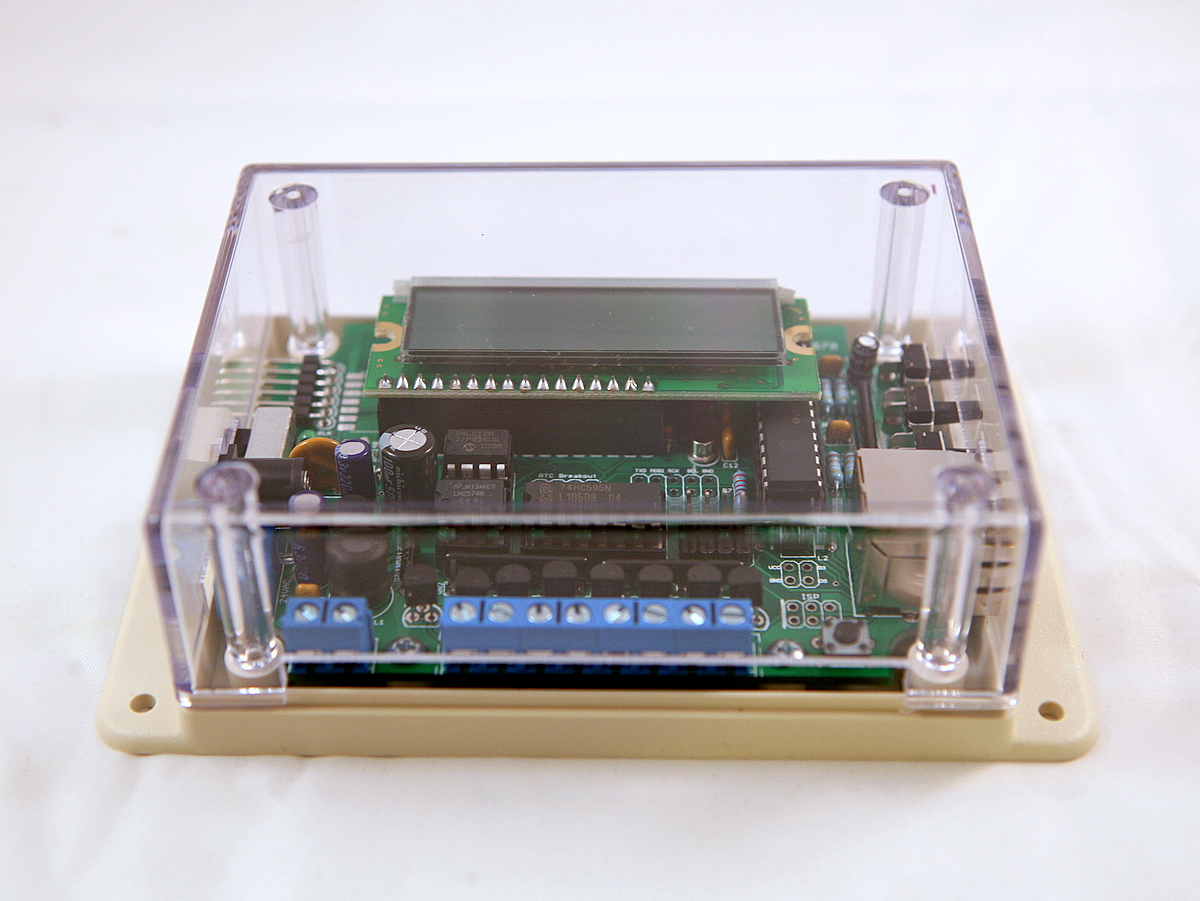

When not called upon to release water (or other materials) if there’s a fire or heat or smoke, their pipes sit empty and at atmospheric pressure. The Differences Between Deluge and Pre-Action Fire Systemsĭeluge systems are typically dry.

Traditional sprinklers, when exposed to cold temperatures, might have their water freeze inside. Another word for deluge is flood these systems totally flood a fire quickly so it won’t spread.īecause deluge systems are dry systems, they’re not at risk for having frozen pipes. They’re also found in airport hangars, power plants, and data storage units.

Besides water, a deluge fire sprinkler system may be designed to relea6se other materials, such as foam, dry chemicals or inert gases, depending on what hazards could be below and what is being protected.Ĭhemical processing plants, for example, benefit from deluge fire sprinkler systems. This kind of system is especially popular for businesses with potentially hazardous materials and equipment in its rooms or large areas. Upon detection of flames, heat or smoke, a valve is triggered, which allows all the open sprinkler heads to let out a “deluge” of water at once. It is typically connected to a water supply. A deluge fire sprinkler system uses unpressurized dry piping and open sprinkler heads.


 0 kommentar(er)
0 kommentar(er)
